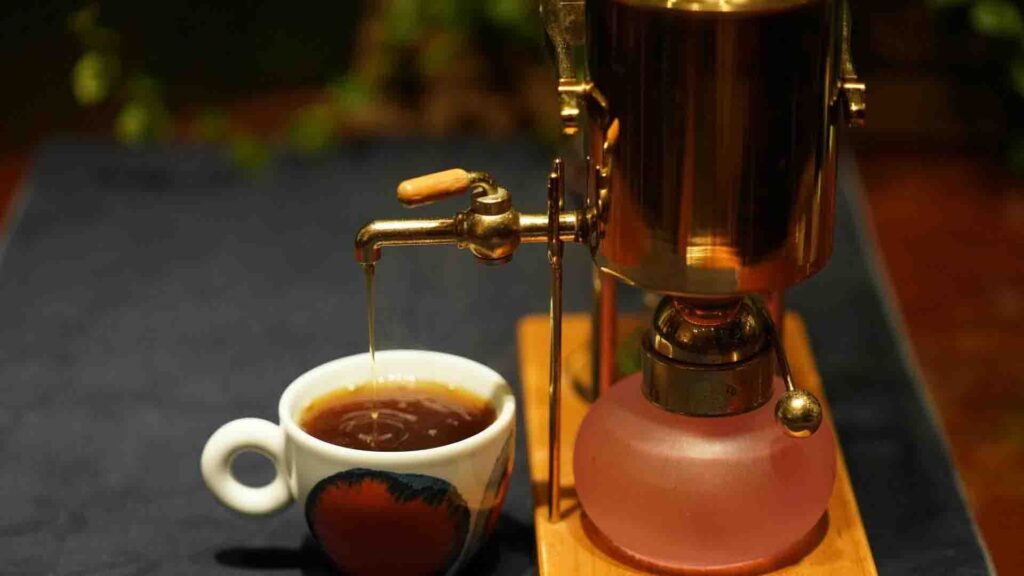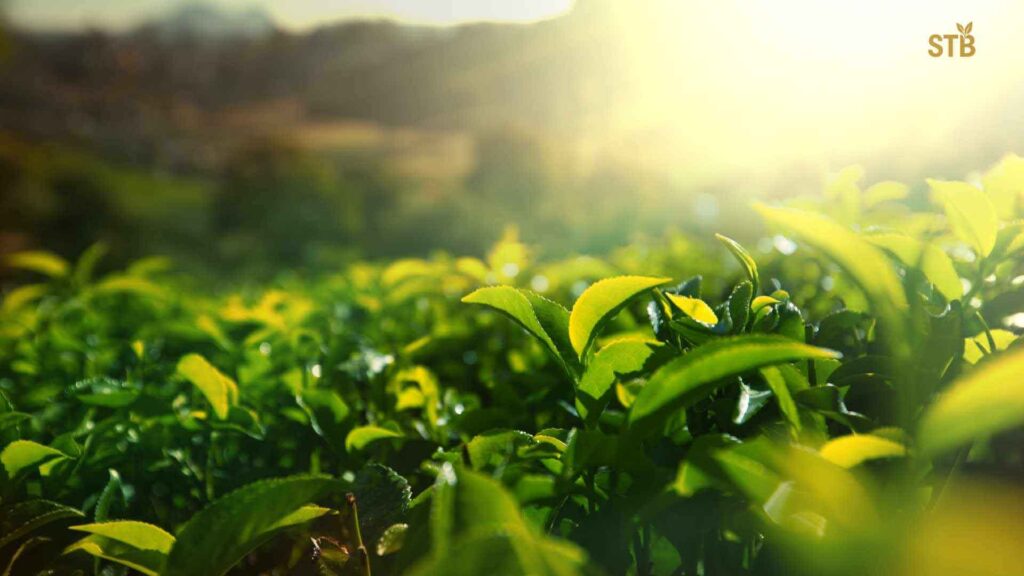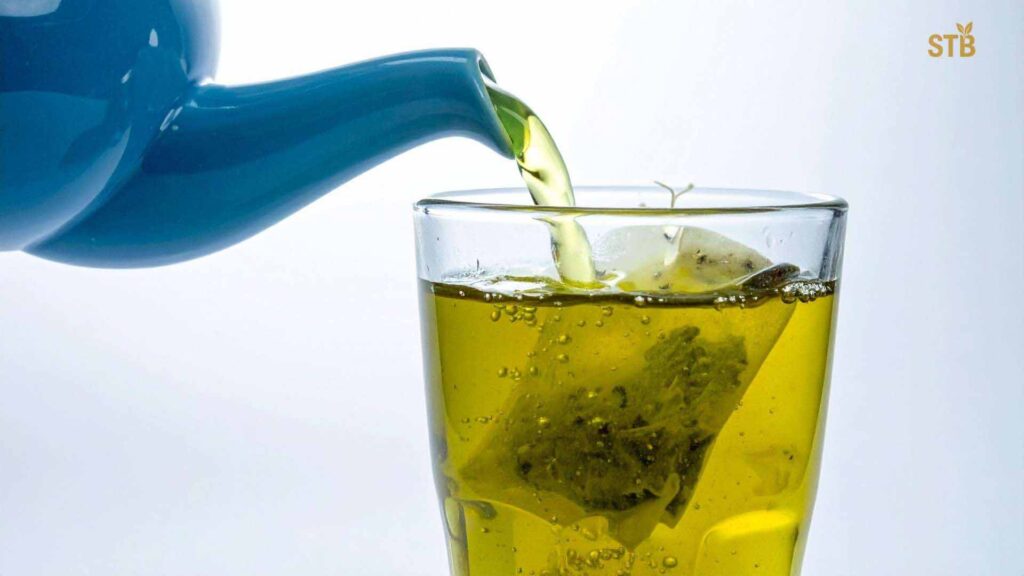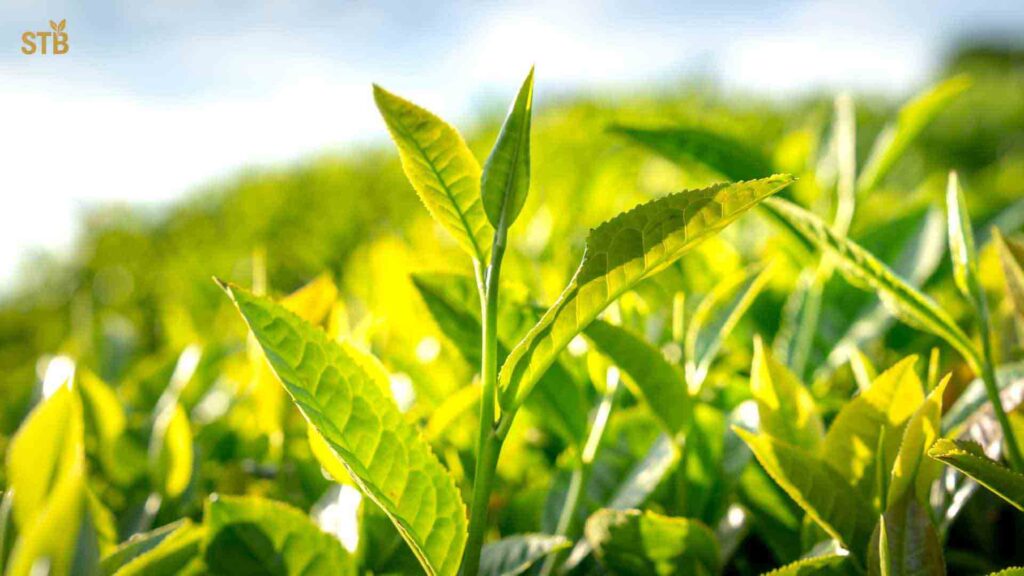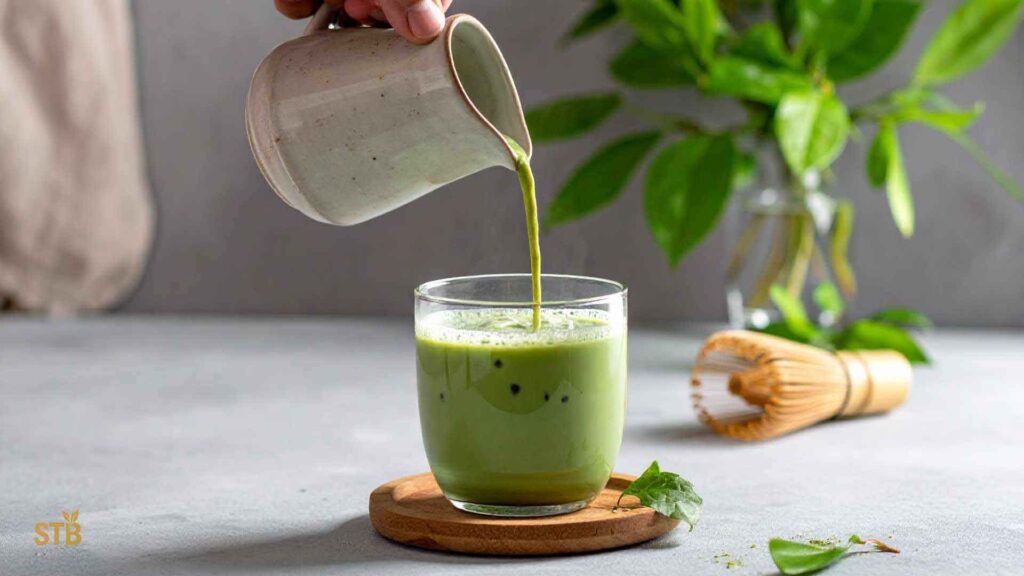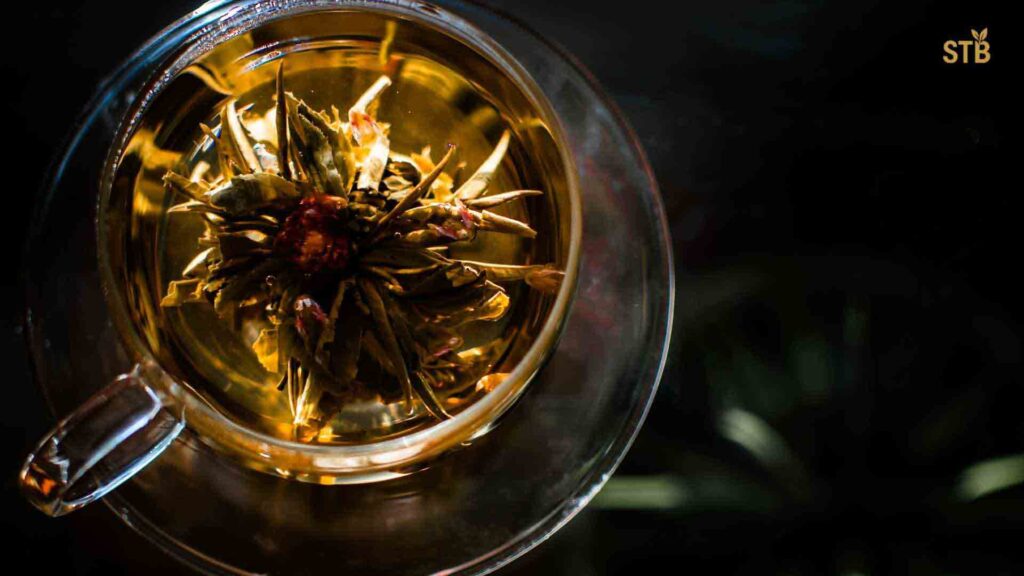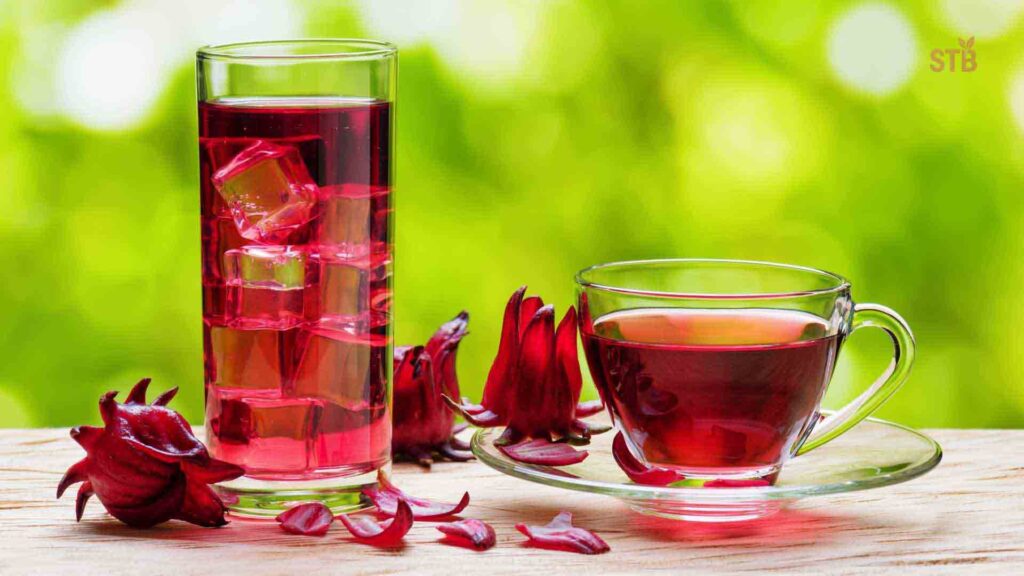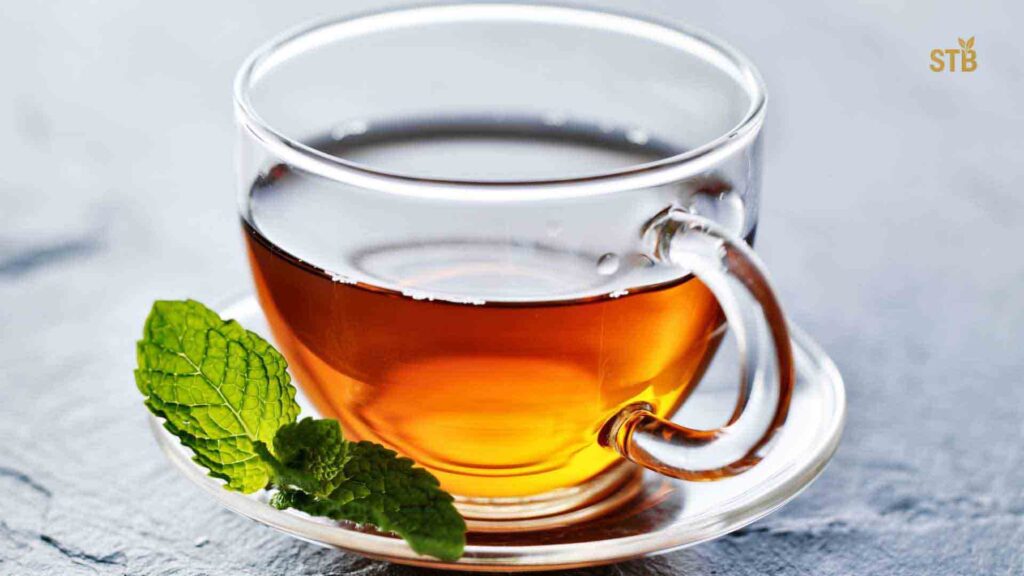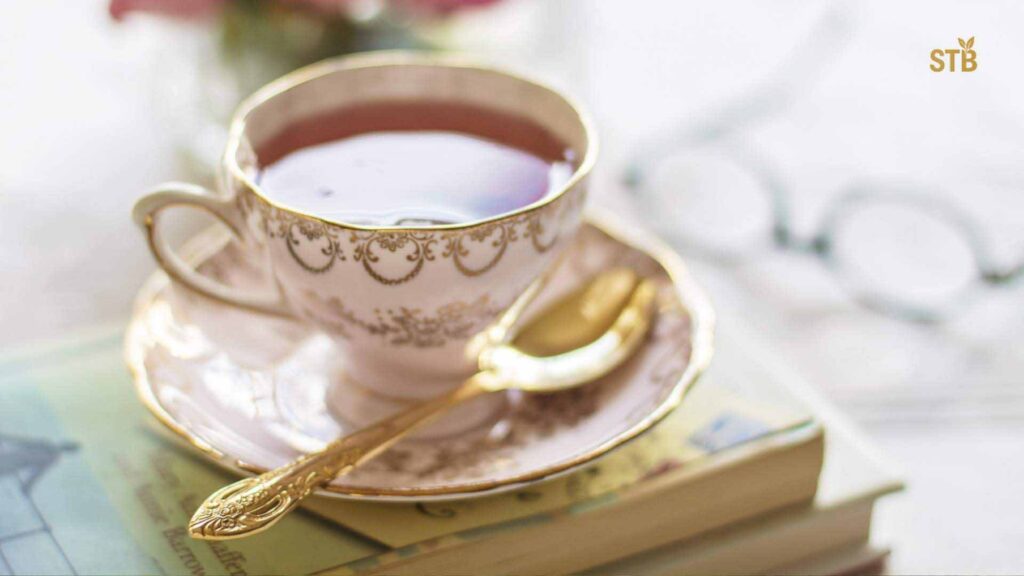Tea bushes are grown on sloping estates and pruned in 3–4 year cycles. Harvesting is done by hand, almost weekly, picking only the young shoots. After plucking, leaves are withered, rolled, oxidized (fermented), and dried, following traditional steps. Finally the dried tea is graded by quality. This careful process preserves the nuanced flavors of Bangladeshi tea.Sylhet tea plantation in Bangladesh, a region producing some of the best tea in Bangladesh. From the misty hills of Sylhet to bustling markets in Dhaka, tea (locally called cha) is woven into daily life. Every morning begins with a warm cup of cha, a comforting ritual shared by millions. Bangladesh’s tea journey blends centuries of tradition with modern industry.
Today, Bangladesh ranks among the world’s top tea producers (about 9th globally), accounting for roughly 2% of global output. Families and friends gather over steaming cups, and visitors often remark on the strong flavor and rich aroma of Sylheti teas. This rich heritage – from its colonial beginnings to today’s artisanal gardens – makes the history of tea in Bangladesh a captivating story of culture, economy, and flavor.
History of Tea Production in Bangladesh
Tea first arrived in Bengal centuries ago, but Bangladesh’s formal tea industry dates to the British colonial era. The first experiments began in the 1840s: land was set aside in Chittagong along the Karnaphuli River for tea farming, leading to Bangladesh’s very first tea plot in 1840. However, the earliest effort – near the Chittagong Club – was short-lived. The real breakthrough came in 1854 when the Malnicherra Tea Estate was established in Sylhet. By 1857 it yielded its first commercial crop. In short order, other gardens like Lalchand and Matiranga (circa 1860) sprang up.
During British rule, Sylhet’s cool hills were recognized as ideal for tea. Planters invested heavily, and by the late 19th century Sylhet and the Chittagong Hills became tea hubs. British capital and expertise reshaped local agriculture – for example, James Finlay & Co. grew to dominate Sylhet estates by the 1870s. In this era, traditional hand-plucking methods were introduced and colonial bungalows still stand as relics of that time.
The 20th century brought upheaval: partition in 1947 meant many Bengali Hindus left the tea business, shifting ownership. By 1971, Bangladesh (formerly East Pakistan) had about 150 tea gardens. The Liberation War itself touched tea country – some estates were battle sites (e.g. Teliyapara). After independence, the government invested in recovery and modernization – rebuilding factories and infrastructure. From the 1970s onward, tea production boomed: output grew from ~31 million kg in 1980 to over 97 million kg by 2019. By 2023, Bangladesh set a new record of 102.92 million kg.
Timeline of Key Milestones
- 1840s: First tea cultivation near Chittagong’s Karnaphuli River (initial garden at Chittagong Club).
- 1840: “Kund’s Garden” in Chittagong opens, a short-lived venture.
- 1854: Malnicherra Tea Estate in Sylhet is founded – Bangladesh’s first successful tea garden.
- 1857: Malnicherra produces its first commercial tea crop.
- 1860: Additional estates Lalchand and Matiranga begin (Sylhet).
- 1947: Partition of India; Sylhet’s tea sector faces disruption, but later sees new investment from Pakistan-based entrepreneurs.
- 1971: Liberation War; many gardens damaged. Post-war, government aid helps revival.
- 1980s–Today: Steady growth; weekly tea auctions established (Chittagong, later Srimangal). By 2023 Bangladesh boasts 168 tea gardens (up from 150 in 1970).
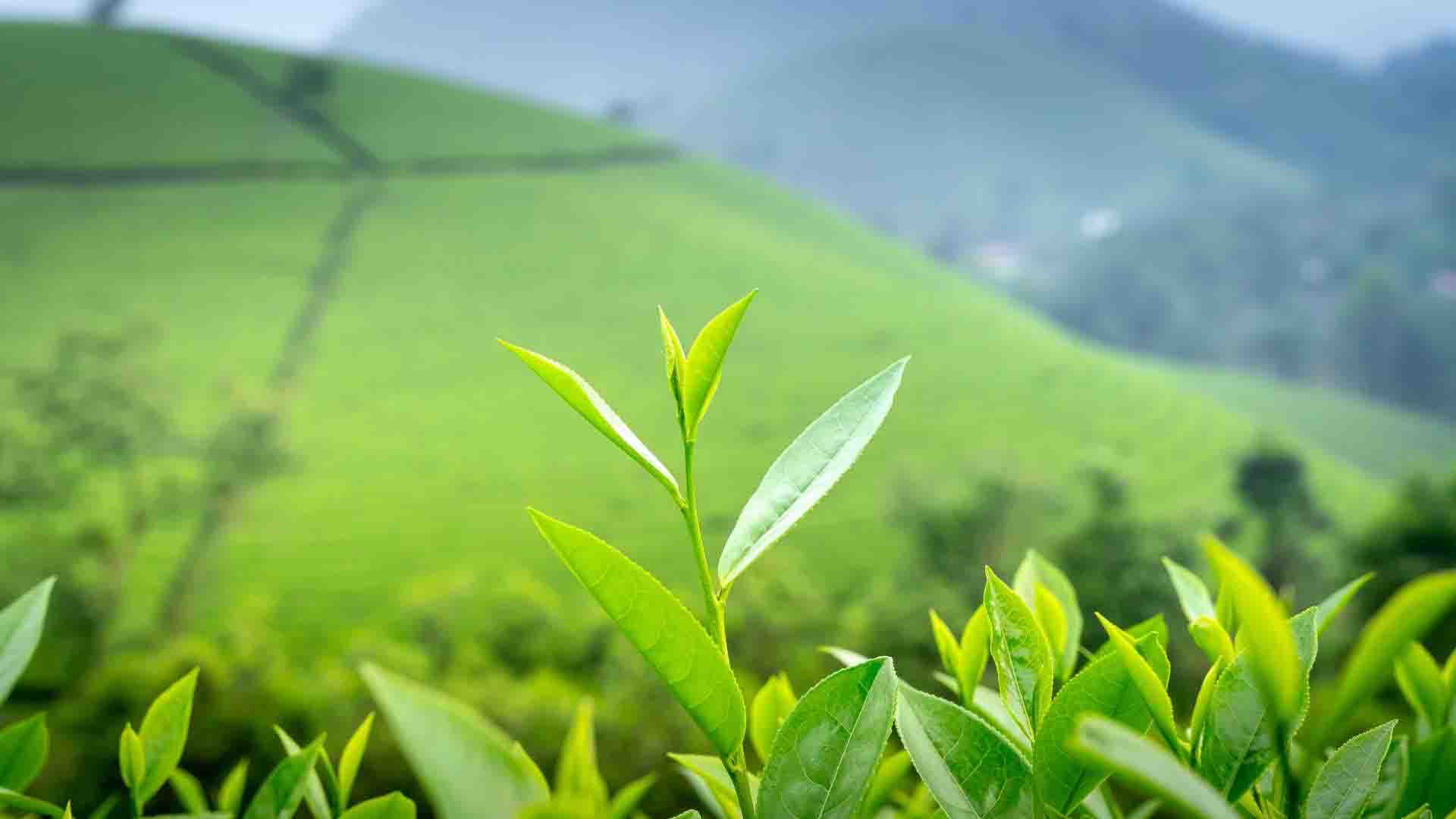
Tea Regions and Gardens in Bangladesh
Tea grows almost exclusively in Bangladesh’s hilly northeastern zones. Sylhet Division – comprising Moulvibazar, Habiganj and Sylhet districts – is the historic heartland (often called the “Surma Valley”). Here you’ll find over 150 estates. Sreemangal (Moulvibazar) even earns the title “Cha Capital of Bangladesh”, with miles of emerald tea rows.
Beyond Sylhet, cultivation has expanded northward: regions like Panchagarh, Thakurgaon, Dinajpur and Lalmonirhat now host newer gardens (from the early 2000s onward). The Chittagong region’s Halda Valley (and Bandarban, Kaptai hills) also had early gardens, recalling the 1840s origins. In fact, TTAB notes that almost all tea in Bangladesh is grown east of the Ganges plain – primarily in Sylhet’s seven valleys and the Chittagong hills.
Each zone imparts unique qualities. Sylhet’s cool, misty hills yield bright, floral brews (especially fine greens). Bangladesh’s gardens are scenic and diverse: many are family-owned and span valleys and ridges. For example, Teliyapara Garden (Habiganj) is set amid winding roads and nearby tea forests. These estates often promote biodiversity and sustainable farming, making them ecological as well as cultural landmarks.
Visiting a tea garden in Bangladesh is a sensory delight. Tourists walk among neat cha rows under blue skies, watch workers expertly plucking only the tender two leaves and a bud from each bush, and enjoy stunning green vistas. Many gardens welcome guests: guided tours explain tea lore, and visitors can even participate in tea tasting sessions. In sum, Bangladesh’s tea gardens offer scenic landscapes, family-owned estates, rich biodiversity, and meticulous leaf-plucking practices – all hallmarks of the industry’s proud heritage.
Tea Cultivation and Processing
Bangladesh’s unique climate – hot, wet summers and cool, dry winters – is ideal for tea. Sylhet’s soil (slightly acidic loam) and heavy monsoon rains produce strong, resilient bushes. Tea farmers manage the plants in cycles: a field is pruned every 3–4 years to stimulate fresh growth, ensuring continuous quality yields. Almost all harvesting is still done by hand. Skilled pluckers move through the fields weekly during the flushes, selecting only the youngest shoots. This careful harvest of “two leaves and a bud” is key to flavor, preserving tenderness.
Once picked, leaves go through classic processing steps. They are spread out to wither (reducing moisture), then rolled or bruised to initiate oxidation. Depending on the tea type, oxidation is controlled: black teas are fully oxidized (darkening the leaves), while green teas are minimally oxidized to retain freshness.
Next, leaves are dried to stop oxidation and lock in aroma. Finally, the dried tea is sorted into grades and packed. In sum, Bangladeshi tea production combines traditional care and precise techniques: pluck, wither, roll, oxidize, dry, and sort. As one report notes for a major estate: “The tea production process includes leaf plucking, moisture reduction, rolling, fermentation, drying, grading, and packaging.”
Key Cultivation Practices
- Site Selection: Gardens are on slopes and hillsides for good drainage and airflow. High-altitude plots (above 900m) produce especially delicate teas.
- Pruning and Shading: Bushes are regularly pruned to encourage new shoots. Some estates shade plants to slow growth and concentrate flavor.
- Sustainable Farming: Many plantations now use organic fertilizers and natural pest control, reducing chemicals. Some Panchagarh gardens even follow fully organic methods.
- Labor and Artisanship: Harvesting by hand is an art. Teams of skilled pluckers work quickly but gently to avoid bruising buds. Each batch then undergoes careful tasting and grading to ensure only top-grade tea reaches you.
The result of these efforts is a cup with character: robust, malty black teas and crisp, floral greens. Indeed, Bangladesh has begun gaining fame for “single-origin” estate teas – for example, Sylhet’s highlands produce green teas noted for jasmine-like aromas.
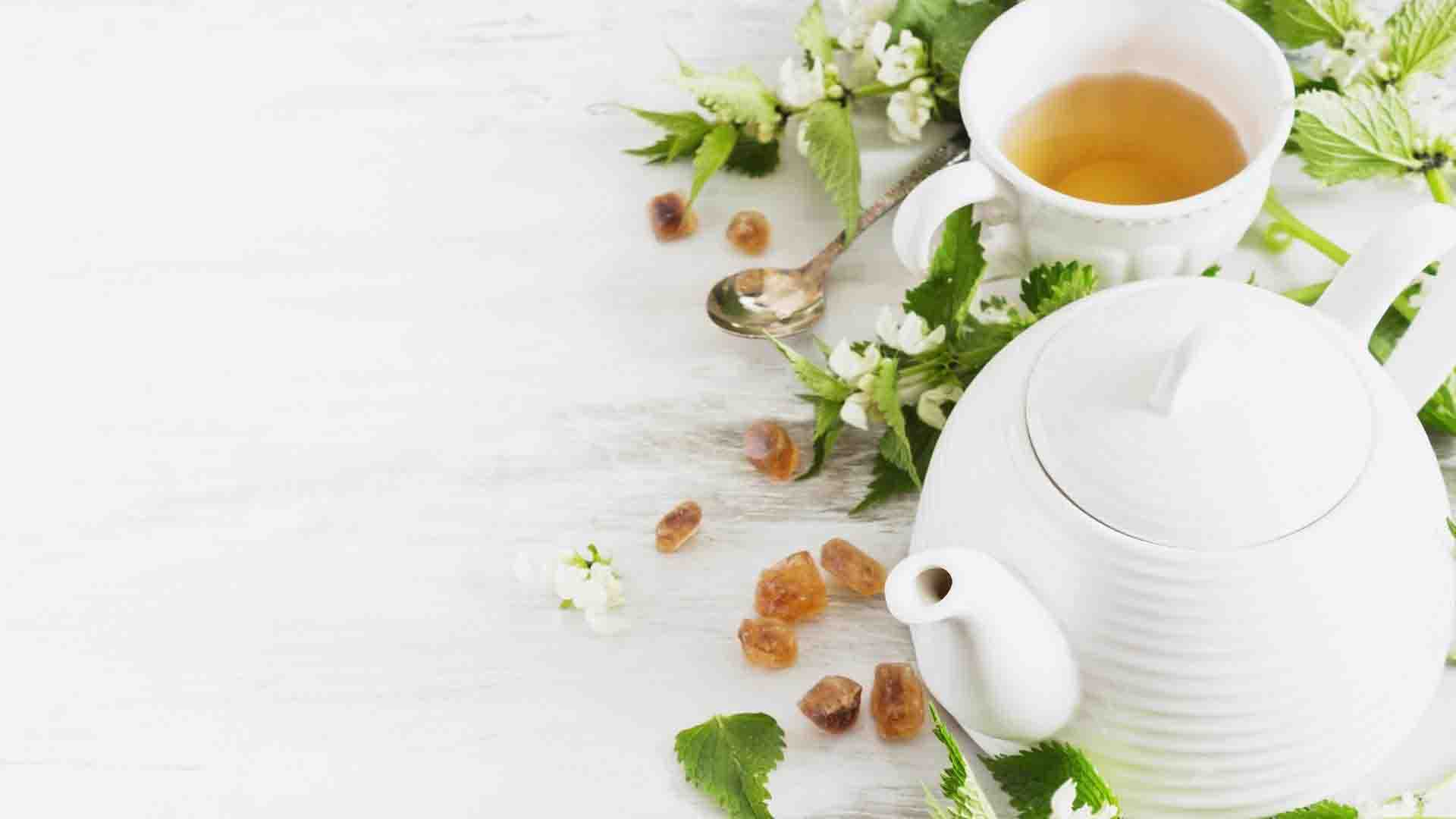
Bangladesh Tea Industry: Growth and Global Reach
In recent decades, Bangladesh’s tea industry has grown impressively. From 31 million kg in 1980, annual output jumped to 97.08 million kg in 2019. By 2023, production hit an all-time high of 102.92 million kg. The country now has 168 tea gardens nationwide. This expansion is both domestic and international: Bangladesh was ranked the world’s 9th-largest tea producer (about 2% of global supply).
Tea is vital for the economy and livelihoods. The Bangladesh Tea Association reports that around 100,000 people are directly employed on the tea estates. Counting indirect roles (traders, brokers, transport, etc.), roughly half a million Bangladeshis depend on tea for income. Tea contributes ~1% to GDP, and until recently it was the country’s second-largest export crop (after jute). In 2023, exports even surged ~30% to over 1.4 million kg, as growers target premium markets. This global demand is why the phrase “best tea in Bangladesh” resonates beyond our borders. Many connoisseurs now recognize Bangladesh’s teas for their unique terroir and history.
Notably, Bangladesh’s tea is sold through weekly auctions – a system introduced by British and Australian traders in 1949. Major auction centers in Chittagong (and later Srimangal) determine bulk prices. However, recent reports highlight that many growers feel prices aren’t keeping up with costs.
For example, in 2024 Sylhet plantation owners demanded raising the auction price from Tk 350 to Tk 400 per kg, since rising production costs have squeezed profits. Today it costs about Tk 200–220 to produce a kg, but auction prices have fallen to Tk 100–110. Addressing these market dynamics is an ongoing challenge for the industry.
Tea Price and Market Dynamics in Bangladesh
The tea price in Bangladesh is mainly set by weekly auctions (organized by bodies like TTAB). The auction average price fluctuates with quality and demand. In recent years, concerns have grown: as fertilizers and labor costs rose, many Sylhet growers reported that auction rates for their tea were insufficient. To illustrate, growers noted that while production costs hit Tk 220 per kg, average auction prices sank to about Tk 100–110.
In response, industry groups have proposed raising the minimum auction price and exploring value-added products (like organic or specialty teas) to improve revenue. The government and Tea Board also track prices closely; for instance, minimum prices were recently adjusted (post-Eid 2024) to help struggling gardens.
Despite these challenges, Bangladeshi tea remains a sought-after commodity. Domestic demand is strong – most locally produced tea is consumed within Bangladesh, making the country a net importer of cheaper tea in some years. Yet the focus on quality tea is expanding exports. Initiatives like organic certification, flavored blends, and Srimangal’s famous seven-layer tea (Saat Rong Cha) are boosting the profile of “best tea in Bangladesh” abroad.
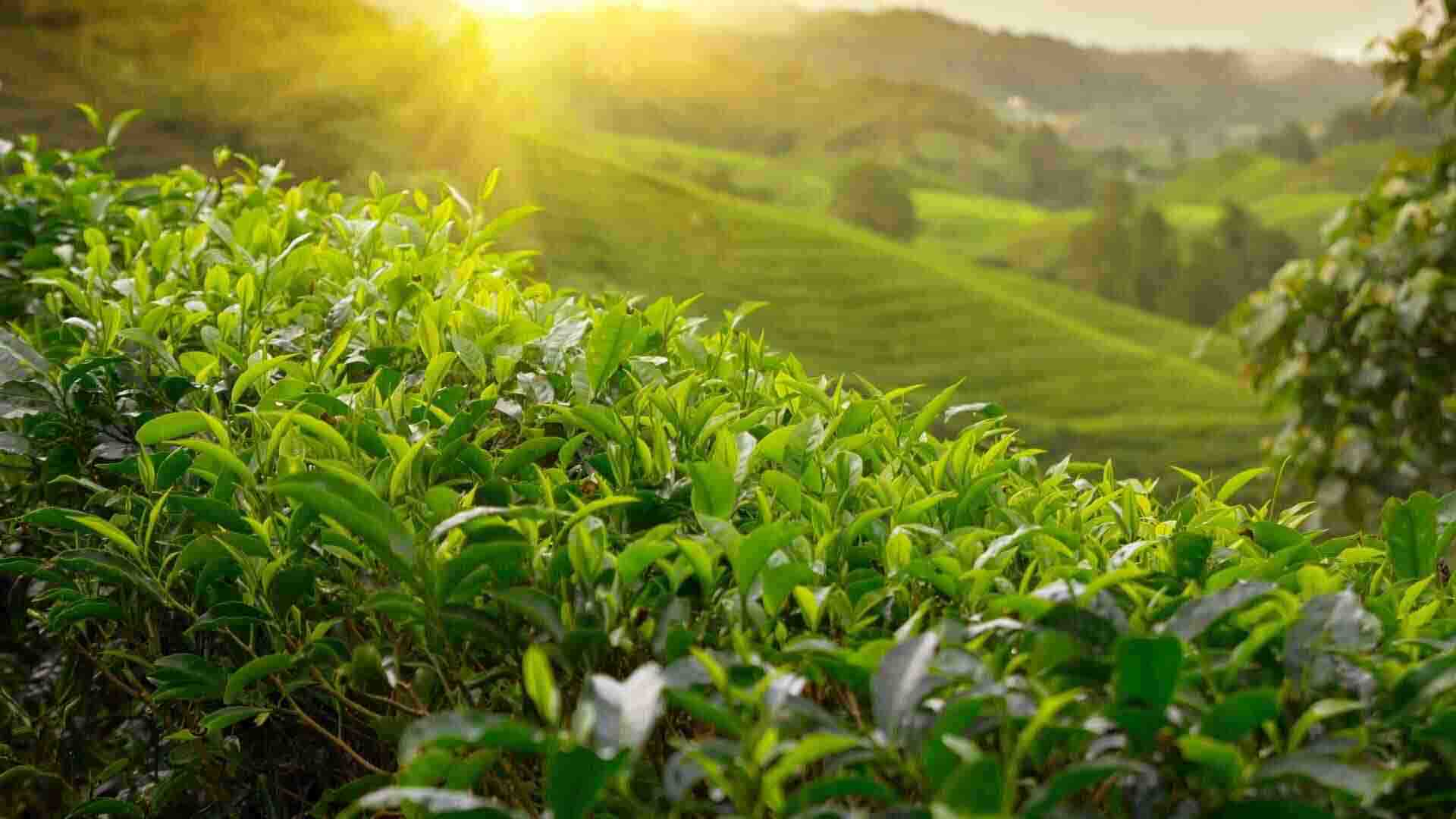
Cultural Significance of Tea in Bangladesh
Tea is more than a crop in Bangladesh – it’s a cherished cultural tradition. Cha is offered at nearly every social occasion. Morning and evening tea times are family rituals: “Cha is part of everyday life,” notes one report. Guests are honored with sweet, milky tea (often called dudh cha) and local snacks. Roadside teashops (called tongs) buzz with conversation from dawn till dusk. One observer describes seeing vendors boiling chai over charcoal stoves throughout cities and villages.
These customs are woven into the fabric of Bangladeshi hospitality. In rural hamlets and Dhaka neighborhoods alike, offering a steaming cup signifies warmth and welcome. During cool winters or rainy nights, spices like ginger and cardamom are added for extra comfort. In that sense, each cup carries a story: a blend of local flavors and global influences. For example, Bangladeshis have created their own innovations like the seven-layer tea – a tall glass with seven colored strata of flavored tea, symbolizing the nation’s creative twist on tradition.
The tea culture also shows regional pride. Sylhetis often point to their land as the source of “the best tea in Bangladesh,” while legends like the seven-layer drink hail from Srimangal. Festivals, business meetings and even academic breaks are punctuated with tea. In offices, schools and street markets, everyone pauses for a ‘cha break’. This social role means that the history of tea in Bangladesh is not just economic, but intimately social: it connects generations, languages, and lifestyles.
Economic and Social Impact
Besides culture, tea drives real development. Estate communities often have schools, clinics and co-ops funded by tea revenue. The success of Sylhet and Panchagarh gardens, for example, has led to better roads and schools in those districts. The tea industry’s ripple effects are far-reaching: it bolsters local crafts (bamboo baskets, tea-plucking knives), transportation jobs, and even tourism (garden stays and tea trails). Each five-rupee cup sold in the city helps sustain these rural economies.
Key impacts of Bangladesh’s tea industry include:
- Rural Employment: Tens of thousands of families work on tea estates, and many more in related services.
- Women’s Involvement: Many pluckers are women, making tea a source of female livelihood and empowerment.
- Community Development: Tea estates often provide housing, healthcare, and education for workers, aiding social welfare.
- Cultural Heritage: Harvest festivals and folk songs celebrate tea’s seasonality, preserving regional traditions.
In sum, tea’s story in Bangladesh is one of growth and resilience. From a handful of colonial-era gardens, it has become a pillar of the national economy and identity.
From Sylhet to the World: Experience the Best Tea in Bangladesh
Today, Bangladesh’s teas are gaining international fans. Adventurous brewers and gourmets praise Sylhet’s malty blacks and fragrant greens. To taste the best tea in Bangladesh, look for single-estate and organic labels – these highlight the unique terroir. STB Leaf, for instance, partners with historic gardens to bring fresh Sylheti tea directly to your cup.
Our blog article “The Journey of Bangladeshi Tea: From Garden to Cup” explains how Sylhet’s special climate yields a tea with “strong flavor and rich aroma”. By selecting high-grade loose-leaf tea, you can savor that quality at home.
More than just flavor, Bangladeshi tea comes with a story. As noted, Bangladesh became a major tea producer under British influence; each estate has characters and anecdotes – from colonial planters to local pioneers. Visiting a garden like Malnicherra is like stepping into history, with its century-old bungalows and centuries of tea heritage still in its soils.
Ready to experience Bangladesh’s tea legacy? Visit STB Leaf’s online shop to explore premium Bangladeshi teas and blends. Whether you prefer a brisk black cha or a smooth green sip, our collections bring the best of Sylhet and beyond to your door. Join us in celebrating this rich tradition – one cup at a time!
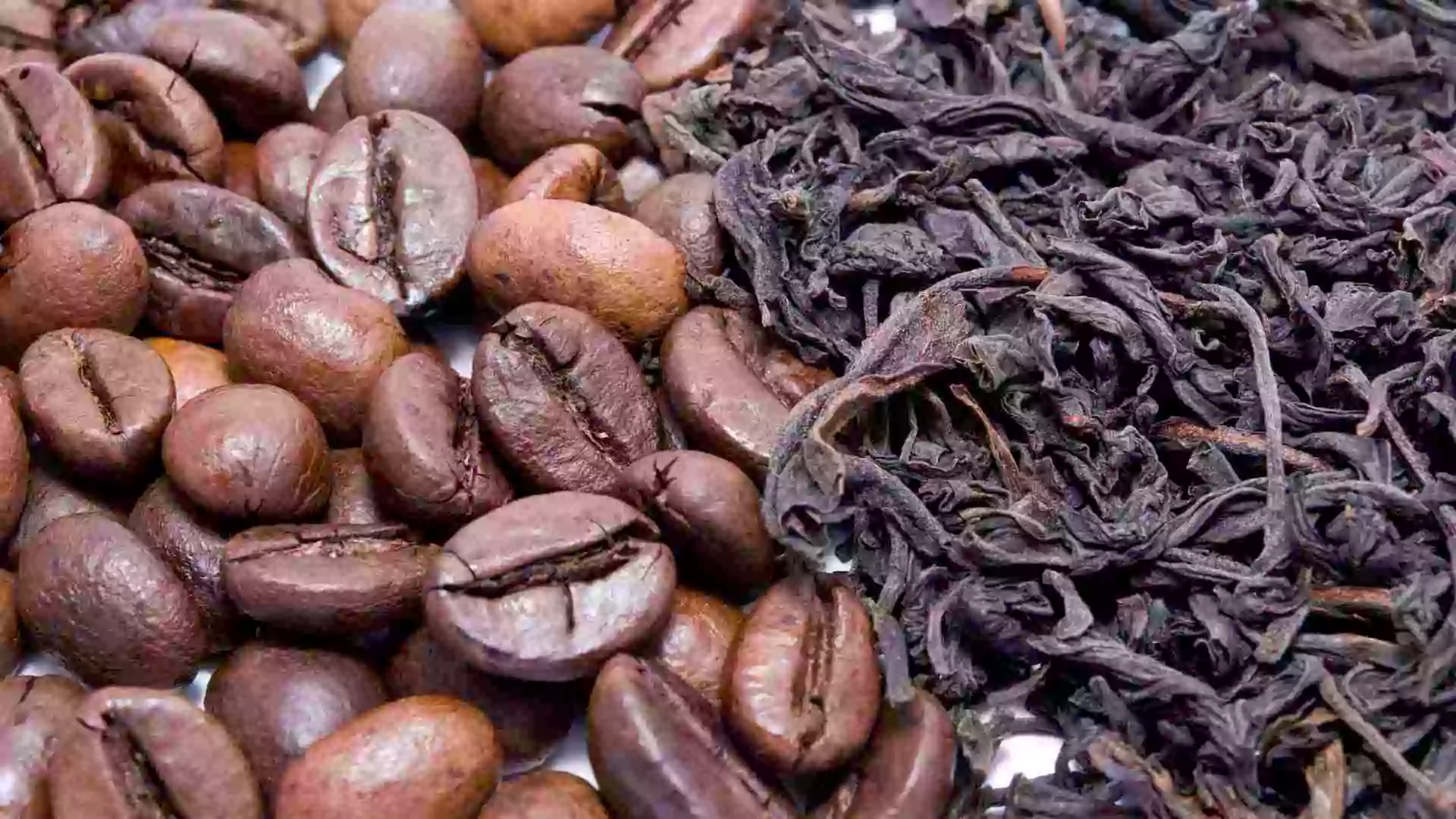
Frequently Asked Questions (FAQs)
Q: What is the history of tea in Bangladesh?
A: Tea was introduced in the 19th century by the British. The first cultivation began in the 1840s near Chittagong, but real production took off after the British opened Sylhet’s Malnicherra estate in 1854. From those colonial gardens, Bangladesh’s tea industry grew, surviving partition and war to become a key national export. Today, tea is a centuries-old tradition here.
Q: When and where was tea first grown in Bangladesh?
A: The earliest tea plots in Bangladesh date to the 1840s in Chittagong (around Karnaphuli River). However, the first successful tea garden was Malnicherra in Sylhet, established in 1854. It’s often called the birthplace of Bangladeshi tea.
Q: Which is the oldest tea garden in Bangladesh?
A: Malnicherra Tea Estate (Sylhet) is the country’s oldest. Established in 1854, it was the first commercial tea plantation. It remains operational today.
Q: Where are Bangladesh’s main tea-growing areas?
A: The traditional tea heartland is the Sylhet region (northeast). This includes Moulvibazar, Habiganj, and Sylhet districts – famously the “Seven Valleys.” Other key zones are the Chittagong Hill Tracts (e.g. Bandarban, Kaptai) and newer northern areas like Panchagarh, Thakurgaon, and Dinajpur. Each region’s altitude and rainfall impart different flavors.
Q: How is tea cultivated and processed in Bangladesh?
A: Tea bushes are grown on sloping estates and pruned in 3–4 year cycles. Harvesting is done by hand, almost weekly, picking only the young shoots. After plucking, leaves are withered, rolled, oxidized (fermented), and dried, following traditional steps. Finally the dried tea is graded by quality. This careful process preserves the nuanced flavors of Bangladeshi tea.
Q: What kinds of tea does Bangladesh produce?
A: Mainly black (oxidized) and green (unoxidized) teas. Bangladesh also makes small amounts of white and oolong. In addition to plain teas, flavored and spiced varieties are popular: for example, masala chai (black tea with spices) and seven-layer cha (a multi-layered colorful drink). Herbal and fruit infusions (ginger, lemon, hibiscus blends) are growing trends too.
Q: What is Seven Layer Tea?
A: Seven Layer Tea (Saat Rong Cha) is a specialty from Srimangal, Bangladesh. It’s served in a tall glass with seven distinct colored layers – each a different tea or flavor (like milk tea, lemon, honey, etc.). Invented locally, it’s now a popular novelty for tasting multiple teas at once.
Q: How did tea become part of Bangladeshi culture?
A: Tea arrived in the 19th century but became ubiquitous over time. It’s a daily staple and symbol of hospitality. Offering cha to guests is a deep tradition – essentially, “serving cha is part of everyday life” in Bangladesh. Today, sipping tea with biscuits or snacks is a shared ritual from rural areas to city cafes, making tea integral to social life.
Q: What influences the price of tea in Bangladesh?
A: Tea prices are mainly set at weekly auctions in Chittagong and Srimangal. Quality, tea type, and global market rates all play a role. Recently, producers have sought higher auction prices to cover costs; for example, some Sylhet owners asked to raise the floor price from Tk 350 to Tk 400 per kg. Production costs (labor, inputs) versus auction rates is an ongoing balance in the industry.
Q: Is Bangladesh a major tea producer globally?
A: Yes. Bangladesh is consistently among the top 10 tea-producing countries in the world. In 2019 it was the 9th largest producer. Bangladesh now grows nearly 2% of global tea. Recent record production (over 102 million kg in 2023) and hundreds of estates mean it’s a significant player on the world tea map.
Q: Which tea is considered the best tea in Bangladesh?
A: “Best” is subjective, but many experts point to Sylhet’s teas as prime examples of Bangladeshi quality. The high-altitude Sylheti estates produce teas with rich, malty flavors (black tea) and delicate floral notes (green tea). Teas from well-managed gardens (often single-origin) and special seasonal flushes are often rated among the finest. For a definitive taste, try a fresh Sylheti loose-leaf tea – often hailed as some of the best tea in Bangladesh.
Q: How can I buy authentic Bangladeshi tea?
A: Look for trusted suppliers or brands that source directly from Bangladeshi estates. STB Leaf, for example, works with premium gardens in Sylhet to bring fresh, high-grade loose-leaf teas to customers worldwide. Buying single-origin or estate-labelled Bangladeshi tea ensures you get genuine quality. You can also visit tea auctions or specialty tea shops that carry Bangladeshi varieties. (Tip: Brewing techniques matter – use freshly boiled water for black teas, and slightly cooled water for greens to get the best flavor out of cha.)
Q: Can I visit tea gardens in Bangladesh?
A: Yes, tourism to tea estates is growing. Many Sylhet gardens offer tours or guesthouses. You can walk among the bushes, watch plucking, and sample freshly brewed tea on-site. The scenery is spectacular, especially in places like Sreemangal, which is often called “Bangladesh’s tea capital.” Visiting a Bangladeshi tea garden provides a glimpse into rural life and the history behind every cup. Each of these answers is rooted in Bangladesh’s rich tea heritage, combining facts from historical records, industry data, and cultural insights. By understanding this journey “from Sylhet to the world,” tea lovers can truly appreciate why Bangladeshi tea holds an esteemed place on the global stage.
Embark on your own tea journey today. Browse STB Leaf’s premium tea collection and experience the rich flavors of Sylhet’s finest leaves. Your perfect cup of Bangladeshi tea is just a click away!

